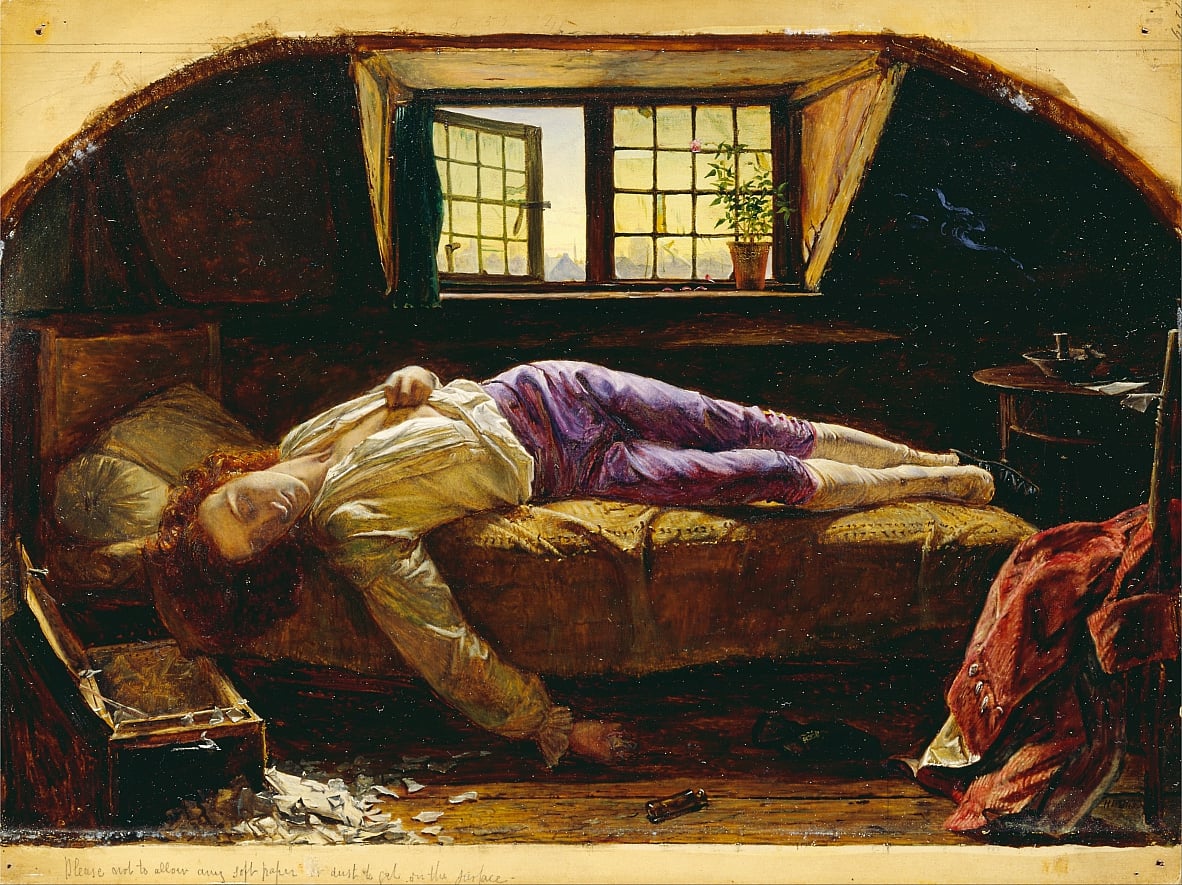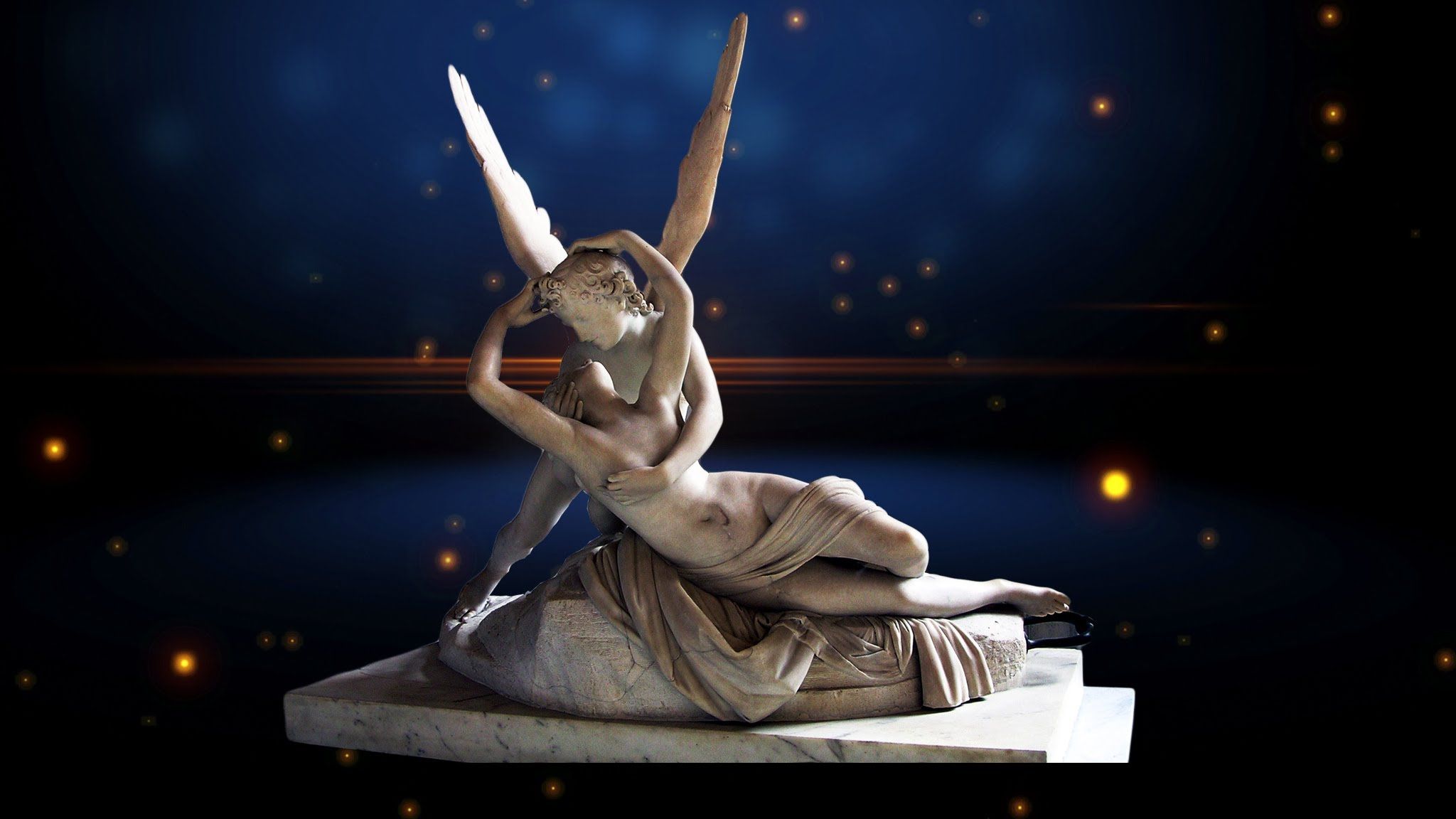St David’s College, Lampeter, is the smallest university in the UK. It’s the oldest in England or Wales after Oxford and Cambridge. It’s also the furthest away from, well . . . anywhere really. When I arrived – after leaving school and a year away in Germany – I was charmed. It’s a feeling that’s never left me.
Lampeter is an ancient market town nestled comfortably in the hills of mid-Wales, hundreds of kilometres and across a mountain range from the nearest city, distant from any motorway or railway line. The only way to get there is to drive for hours along winding narrow roads sheltered by high hedges tangled with honeysuckle. It’s a bother to get there, and I suspect that’s just the way the locals like it. Listen to conversations on the High Street for ten minutes and you will learn the price of a cow, that the beer at the Black Lion hasn’t been the same since the brewery took over, or that Daniel Price was seen sneaking in the back door of Mrs Jones the baker’s again.
Across an ivy-covered wall lies the College. Wide lawns lead to a tower and spires enclosing a peaceful quad where a fountain plays next to the Gothic chapel. It is the last place you would expect to find after driving for the day across the Cambrian Mountains. There were fewer than a thousand students. A typical day could involve a morning tutorial discussing Beowulf and the intricacies of Anglo-Saxon poetry; an afternoon walking or horse-riding in the hills, and then an evening in a pub with some local girls. After midnight, a group of us might solemnly place tablets of LSD on our tongues to see the true nature of the world revealed. We would wander in the woods all night, able to stop and start time with a wave of the hand, hiding from neon dragons and following mermaids floating among the branches. In those years, it was as if pages of Brideshead Revisited, Under Milk Wood, and The Electric Kool-Acid Acid Test had been sewn together at random to tell our story.
Like every generation, we believed ourselves unique, with a special understanding of the world. Over a century before, another student at Lampeter had a more dramatic revelation. Henry Prince studied divinity at the College before becoming an Anglican priest. He was convinced that the end of the world was near, and that he alone knew the key to salvation. To be saved, the sinful flesh would need to be united with the Holy Spirit. The sinful flesh would belong to the richer, female members his congregation. The Holy Spirit was himself. This was a clever and convenient reversal of centuries of Christian tradition. Instead of condemning and repressing sexuality, original sin would be expunged by celebrating the pleasures of the flesh.
Prince had considerable gifts of persuasion, using charm and evangelical enthusiasm to excite the audience in more ways than one. His first congregation was converted en masse, no mean achievement in Victorian England. Men and women of all classes flocked to his sermons. After moving Prince around various parishes in an attempt to reduce his influence, the Church of England eventually defrocked him. This was the making of the renegade priest.
Followers of the Lampeter Brethren now numbered several hundred, including many wealthy families and professional people who looked after its affairs. There were lawyers, a doctor, and even an estate manager. Together, they bought a 200-acre estate near Glastonbury in Somerset and built a village clustered around a mansion and protected from prying eyes by a 4-metre high wall. The community was called the Abode of Love. Here, Prince introduced the Holy Spirit into one of his many ‘spiritual wives’ by having sex with her in front of the congregation as an organ played a celebratory hymn. This was called, ‘the Great Manifestation’. There is no record of whether this was followed by applause.
A journalist from the Illustrated London News managed to penetrate the Abode in 1851, expecting to find scenes of depravity to delight his prurient readership. He was disappointed. Apart from the swinging culture, as we would call it now, the place was the epitome of cultured upper-class comfort. Unlike most Victorian men with their bushy sideburns and beards, the males kept their hair short and were clean-shaven. The women, too, cut their hair short and dressed in simple, comfortable clothes. Billiards was apparently a passion of the women at the Abode. They loved to be in the fresh air too, and had their own hockey teams. They kept horses and hunted with hounds. In a peculiarly English manner, this ‘sex cult’ served its own blend of tea every afternoon at 4 pm. With an unconvincing attempt at disapproval, the journalist noted that ‘they have converted the chapel into a banqueting house, and substitute feasting and enjoyment for privation and prayer’.
‘If God be not life, happiness, and love,’ said one of the family, ‘then we do not know what God is.’
Prince was undoubtedly a rogue who financially and sexually exploited some of his female followers. At the same time, many of the most enthusiastic members of the Lampeter Brethren were women of all ages who seem to have relished the personal and sexual freedom which the Abode gave them in the repressive Victorian age.
They were ‘very willing followers – his recommendations are so pleasant,’ the journalist acknowledged. This willingness caused a scandal when three daughters of the wealthy Nottidge family joined the Brethren. After the fourth sister, Louisa, ran away to join them, it was one heiress too many for the family. They had Louisa kidnapped and certified insane by a compliant doctor. After nearly two years locked away in an asylum, she managed to escape and sued her family for abduction and illegal imprisonment. Louisa won the case, and returned to spend the rest of her life happily at the Abode with her sisters and friends.
The Nottidge case was one of Wilkie Collins’ inspirations for his famous suspense novel, The Woman in White. There are interesting associations between Collins and the Lampeter Brethren (apart from his own domestic arrangements – living with two mistresses and their children). Louisa Nottidge was declared sane and freed from the asylum after being examined by the Metropolitan Commissioner in Lunacy. It so happened that the Commissioner was Bryan Procter, a friend of Collins (as was his daughter, the feminist, Adelaide Procter). Wilkie Collins also knew Adelaide’s friend, Frances Cobbe, whose brother was a a senior member of the Lampeter Brethren and married to one of the other Nottidge sisters. Frances was a lifelong friend of Collins, and became one of the leading feminist theorists of the Victorian era – producing provocative pamphlets such as What Shall We do with Our Old Maids? And Celibacy vs Marriage, arguing for female economic and personal independence. There is a final link. When Henry Prince died, his associate John Pigott took over as leader of the Lampeter Brethren. He was the nephew of Wilkie Collins closest friend, Henry Pigott.
As new members joined and funds flooded in, the Brethren decided to build a mighty centre in London. It was called the Ark. At first sight, it seemed a regular church, built in the Gothic Revival style with a tall spire. The four corner turrets bear stone scrolls bearing the ambiguous words, ‘God is Love’. The Art Nouveau stained glass windows were designed by the celebrated artist, Walter Crane, inspired by mystical scenes from William Blake’s writings. Two women from the Brethren community were closely involved in this building: the architect, Violet Morris and her sister, Olive, who had trained as an engineer as well as being an expert wood carver (responsible for the Ark’s pulpit and lectern).
Henry Prince died in 1899. The world, after all, had not come to an end as he predicted. The Lampeter Brethren accepted this disappointment bravely, ‘uniting the spirit with the flesh’ in the comfort of their country estate, with free love, fox-hunting, and good food and wine to soften the blow. The community slowly dwindled in the twentieth century, as changing social mores lessened the need for it. In 1957, the last member, one of the Pigott’s ‘spiritual wives,’ died and the properties were sold.
And what of St David’s College where it all started? The little town of Lampeter is almost unchanged. The college is now a campus of the University of Wales, specialising in the humanities. There are still fewer than a thousand students, and the divinity school has been cleverly broadened with courses in Islamic studies, Daoism, and Confucianism. Saudi and Chinese donors have been persuaded to make generous endowments, contributing to the survival of the College. I like to think that Henry Prince would have smiled and approved.





That’s a lovely tale, Paul, thanks.
Reblogged this on sideshowtog.
[…] via The Lampeter Brethren: A Victorian Sex Cult […]